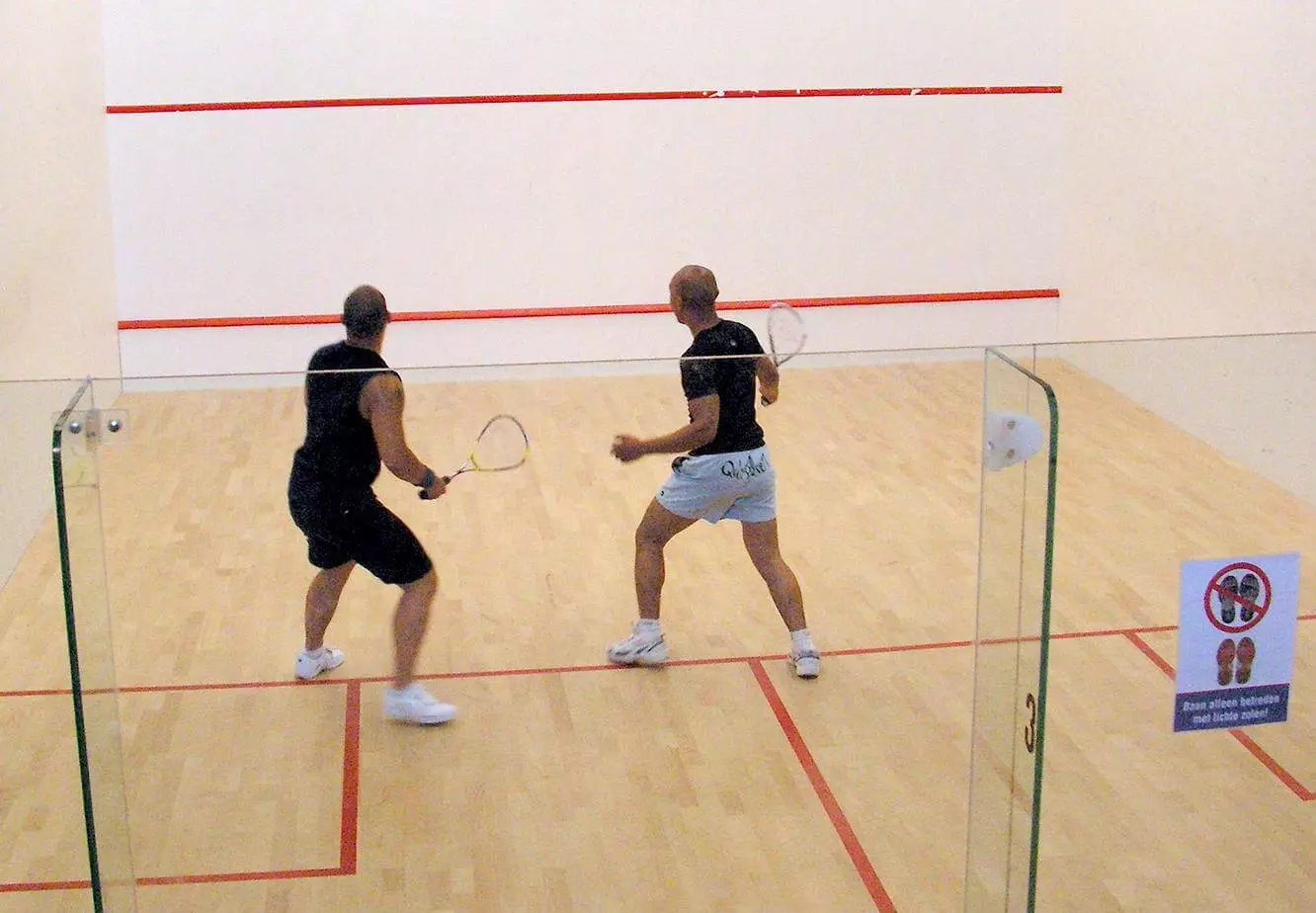When it comes to professional and amateur squash, there is no difference in popularity. Squash is played all over the world. Game variants (previously referred to as squash racquets) date back to the 19th century and have evolved into the modern game we know today. Squash isn’t an Olympic sport yet, but the Squash World Championships, where the world’s finest players compete for the title of squash champion, is its apex.

Players and Equipment for Squash
Squash is a sport in which two players compete in a small, box-like space. Squash is played with a squash racquet, which is similar to a tennis racket but with a smaller head. The rubber squash ball has a diameter of about 2 and a half inches and is used in the sport. From exceedingly slow (competition standard) to fast, squash balls come in five speeds (more beginner standard). The ball has a low bounce, especially when it is moving at a snail’s pace, making it difficult to return.
Scoring System for Squash
If your opponent strikes the ball twice before you do, you’ve scored a point. If your opponent misses your shot, you’ve scored a point. If your shot misses your shot, you’ve scored a point.
Squash is scored in one of two ways. You play first to 11 points in the first variant, known as ‘PAR,’ and can score a point either on your serve or your opponent’s. First to nine points, although you can only score points off your own serve, is the more conventional second style.
A new scoring system, known as the PAR 11, has been adopted by professionals and most amateur leagues.
Rules and Regulations of Squash
- Singles and doubles games can be played by two or four people at the same time.
- The ball must be struck with your racket within the back wall’s borders.
- As long as the ball strikes the back wall at some point with squash racquet, it can strike the sidewall at any moment.
- When a player accidentally gets in the opponent’s way and cannot get out of the way, the term “let” is used.
- A foul is called when a player intentionally obstructs their opponent’s path.
- If the score is tied at 10-10, the player who wins by two points or more is the victor.
- You can’t hit or carry the ball more than once.

Oliver Greene is a sports geek at heart. From iconic moments to rising stars, he’s here to share his love of sports and the stories that make them special.
